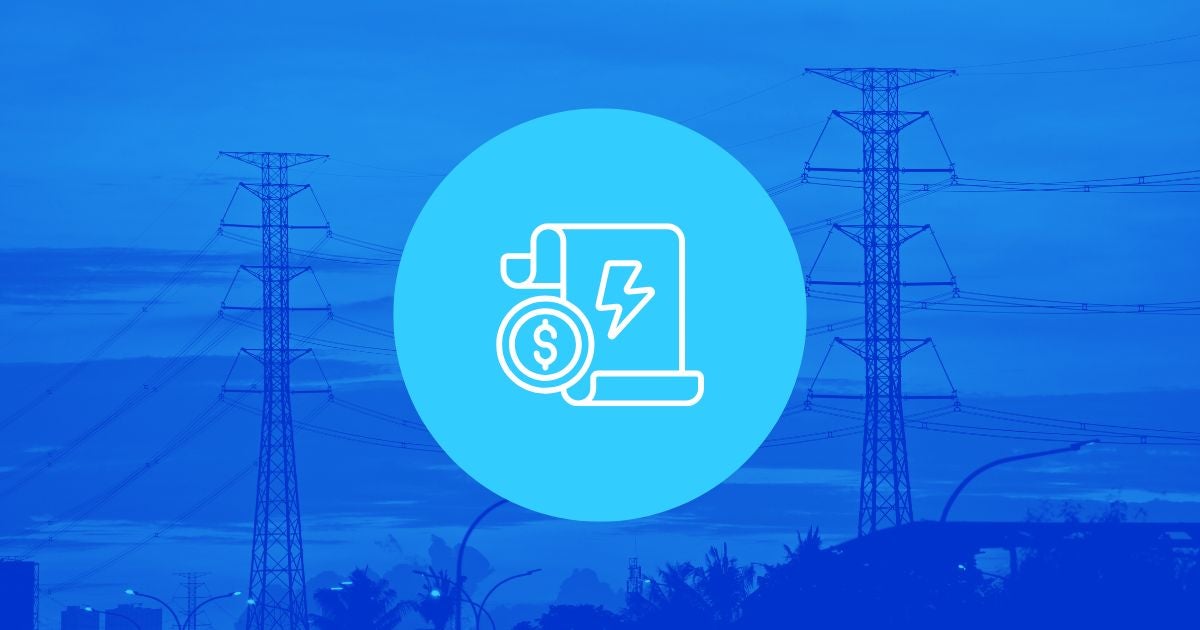Why the American Power Act is Not a Corporate Give-Away
In his insightful post, Rob Stavins makes two key points regarding the allocation of emission allowances under climate legislation like that introduced last week by Senators Kerry and Lieberman.
First, Stavins addresses head-on the concerns that some progressives have toward the allocation provisions in the bill, asking in the title of his post: “Is the Kerry-Lieberman Allowance Allocation a Corporate Give-Away?” To answer this question, Stavins carries out a careful breakdown of the allowance allocation in the Kerry-Lieberman bill. He shows that the vast majority of emission allowances (more than 80% over the duration of the bill) — goes to energy consumers and public purposes (including deficit reduction). That hardly sounds like a windfall to big corporations! Indeed, if you add it up, the largest fraction of allowance value (43% in total, according to my calculations) goes to households, through an energy refund to low-income consumers, a tax credit to working families, a universal trust fund for all Americans, and allowances that are allocated to local electricity and gas utilities for the benefit of their customers.
As Stavins’s calculations illustrate, what matters most in terms of allocation is not whether the allowances are auctioned or given away for free, but who receives the value. (For example, of the allowance value that is directed to households, about four-fifths comes as auction revenue, while the remainder is from the allowances allocated for free to local utilities.)
Even so, some progressives worry that free allocation is at odds with cutting emissions. After all, if you give emitters something for free, doesn’t that eliminate the “price on carbon” that creates an economic incentive to cut carbon emissions? The answer, actually, is “no.”
Here’s where Stavins’s second point comes in. As he explains, it is a basic result of economics that even when allowances are distributed for free, they will still have a value (since they can be sold on a market). In economic terms, each time a company uses an allowance, there is an “opportunity cost” involved — the foregone profit they could have gotten from selling the allowance instead. As a result, companies will still have a strong economic incentive to find cost-effective ways to reduce their carbon emissions — so that the economic performance of the bill is basically unaffected. (It’s also worth pointing out that the environmental performance of the bill is also unaffected, since that is determined by the cap — not by how allowances are allocated.)
To put the same point a bit differently, the value of allowances doesn’t depend on how they are allocated. Rather, allowances have value because they are in scarce supply — thanks to the cap on emissions. The tighter is the cap, the greater is the scarcity, and the higher is the value of allowances, all else equal.
Of course, there are a few nuances worth noting. First, from a strictly economic point of view, the best use of allowance value would be to use it to lower distortionary taxes on labor and capital, giving the overall economy an added boost. However, getting such a “double dividend” requires not just auctioning the allowances, but using the revenue in a specific way to cut other taxes — something that has yet to generate significant political momentum. In other words, acknowledging the possibility of a double dividend doesn’t undermine the main point that what matters is how the value of allowances is allocated, not simply whether allowances are auctioned or freely allocated.
Second, some ways of allocating allowances can affect incentives. This can cut both ways. In theory, using allowance value to reduce electricity rates can undermine incentives to conserve energy; this suggests that it would be preferable to compensate households for higher energy costs by sending them a lump-sum rebate rather than cutting their marginal price. In other contexts, allowance allocation is deliberately designed to affect incentives. For example, energy-intensive, trade-exposed manufacturers are given allocations that are tied to their output and to the average emissions intensity of their sector. As research by Carolyn Fischer at Resources for the Future and others has shown, such “output-based rebates” manage to preserve the incentive to reduce emissions, while helping to keep manufacturing in this country and prevent “emissions leakage” to countries without a carbon price.
The bottom line is that the distinction between free allocation and auction makes little difference for the environmental or economic performance of the bill. That’s a key point well worth keeping in mind in the coming debates over climate legislation.













One Comment
Youre so right! Nice blog and I really dont think anyones put it that way before! You must be an expert on this because you just made it so easy to understand, made me want to learn more about it! Do you, like, study this subject because you seem to be so in tune with the issue? Keep it up, man. Youve got a great mind for it!